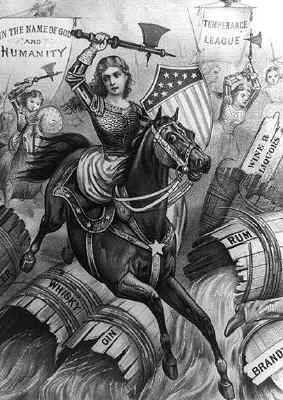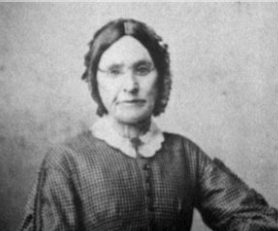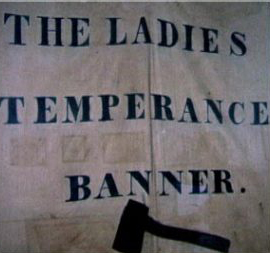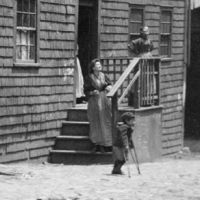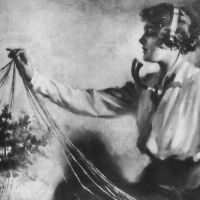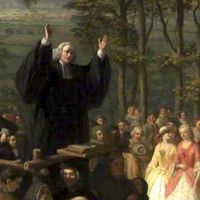Primary Source
The following account of the Rockport temperance protest first ran in the Boston Traveller. The story was picked up a few days later by the New York Daily Times.
THE LIQUOR LAW OF THE WOMEN OF ROCKPORT
Rockport, Mass.
Tuesday, July 8
… in one place they smashed some thirty demijohns filled with the ardent [spirits]; at another they rolled out two barrels and stove in the heads and emptied their contents; a another place five barrels were emptied; and at still another they destroyed three. Nor was this all; they emptied several smaller places, and were not unsuccessful in destroying small quantities of the poison.
At several places they were met with the most determined resistance. One man stood in front of his building, and with a large club in his hand, threatened deadly violence to any who should enter; but not withstanding his threat, several of the more expert ones entered the back way and succeeded in rolling out five barrels of rum, brandy and gin. Considerable excitement prevailed throughout the whole scene, but public sentiment seems to approve all the ladies have done.
New York Daily Times, July 16, 1856 p. 5



